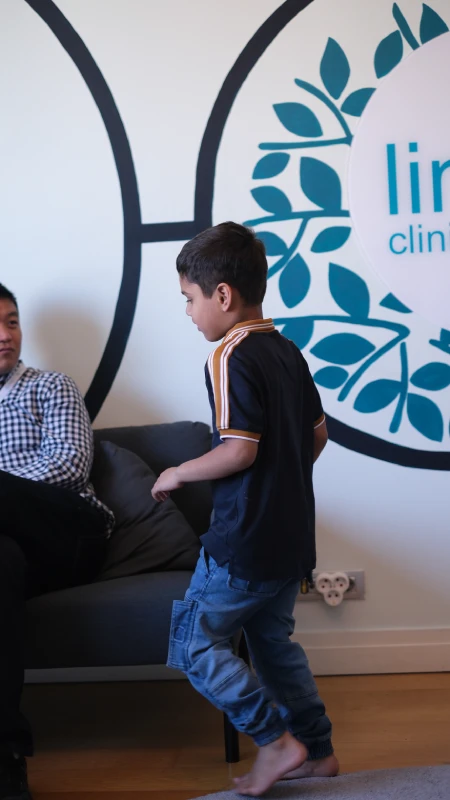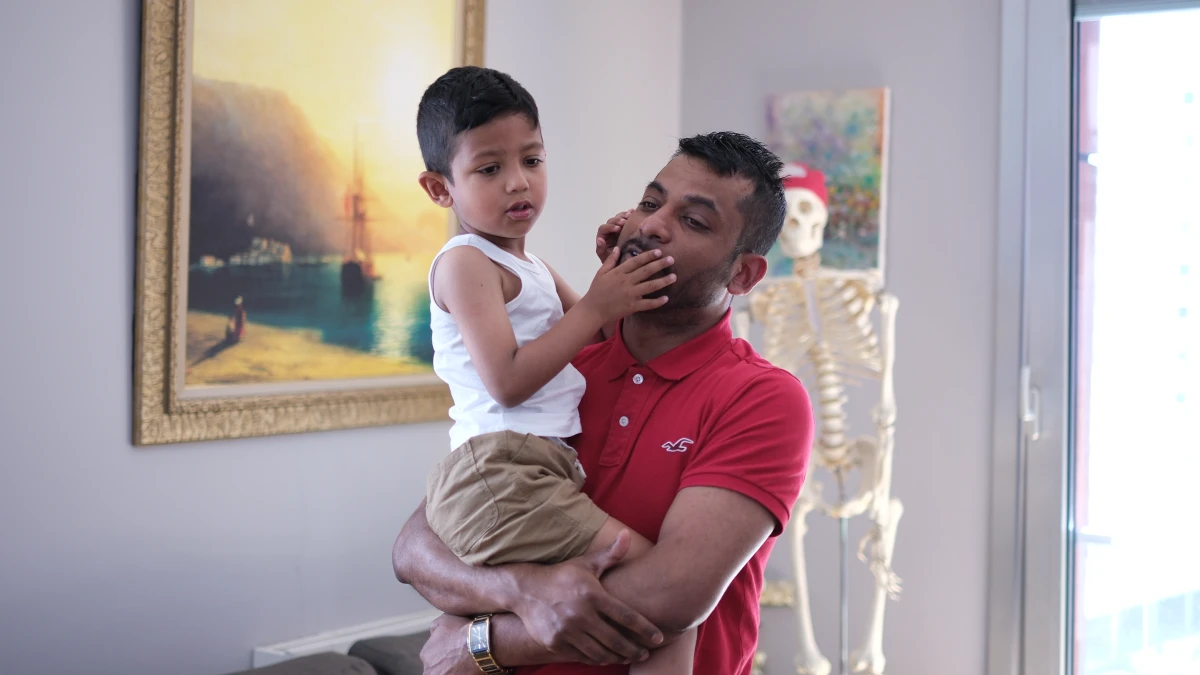For many children on the autism spectrum, sensory sensitivities are an everyday challenge, particularly when it comes to clothing. The texture, fit, and even the smallest details—such as a tag or seam—can feel overwhelming, leading some children to prefer staying undressed. While this behavior is understandable, it can create difficulties in public settings and routine activities. As parents, it’s essential to support your child while finding solutions that make them feel comfortable.
Let’s explore the reasons behind these sensitivities and discuss practical tips to help your child manage clothing-related discomfort.
Table of Contents
Why Do Sensory Sensitivities Occur?
Children with autism often process sensory information differently. Clothing, which may seem soft and comfortable to one person, might feel scratchy, tight, or suffocating to another. These heightened sensory reactions can result from the way their nervous system interprets touch. This is why textures, seams, and even temperature changes caused by certain fabrics can be so challenging for children with autism.
Understanding these sensory sensitivities is the first step in helping your child feel more comfortable in their clothing and less distressed by everyday dressing routines.
Tips for Parents to Manage Clothing Sensitivities
1. Prioritize Soft, Natural Fabrics
Fabrics like cotton or bamboo are often more gentle on sensitive skin. They’re breathable, soft, and less likely to cause irritation. On the other hand, materials such as wool or synthetic blends can feel itchy or too tight for children with sensory issues. Pay close attention to the fabrics that your child is most comfortable in and stick with those (Donnelly & Nawijn, 2018).
2. Opt for Tag-Free, Sensory-Friendly Clothes
Even the smallest tag or seam can feel like a major irritant for a child with sensory sensitivities. Many brands now offer sensory-friendly clothing designed without tags or with flat seams. These garments are often made with softer materials and fewer distractions, making them more tolerable for sensitive children (Kranowitz, 2005).
3. Gradually Introduce New Textures
Introducing new clothing types or textures can be overwhelming. To make the process smoother, consider a slow and gradual approach. Allow your child to explore the new fabric first by touching it or wearing it for a short time at home. Gradually increase the amount of time they wear the new clothes, offering positive reinforcement along the way (Grandin, 2015).

4. Involve Your Child in the Process
Empower your child by allowing them to choose their own clothes. Let them pick fabrics, colors, and styles that they feel comfortable with. Giving them control over the decision-making process can make dressing feel less like a battle and more like an enjoyable task (Bogdashina, 2003).
5. Compression Clothing for Comfort
Some children on the spectrum feel more secure in snug-fitting clothing. Compression garments or weighted vests can provide a calming, comforting effect by applying gentle pressure. These can be worn under everyday clothing and may help reduce the sensation of sensory overload (Heller, 2002).
6. Maintain a Routine
Children with autism often thrive on routine, and dressing can be a part of that. Establishing a consistent time and method for getting dressed each day can help your child feel more at ease with the process. Stick to familiar clothes and introduce new garments slowly into the routine to prevent overwhelming them (Shirtcliff et al., 2020).
7. Practice Wearing Clothes at Home
If your child prefers to stay undressed, practice can help. Encourage them to wear their clothes around the house to get used to the feel and sensation before going out in public. This can ease their transition into wearing clothes outside of the home, where expectations are different (Sensory Processing Disorder Foundation, 2014).
8. Use Positive Reinforcement
Celebrate the small victories. When your child stays dressed or tries new clothes, offer praise and encouragement. Using a reward system—whether it’s extra playtime or a favorite activity—can help motivate them to feel more comfortable in their clothes (Posar & Visconti, 2021).
Balancing Comfort and Public Expectations
While it’s important to respect your child’s sensory boundaries, there are moments when wearing clothes is necessary, particularly in public or social settings. These tips aim to bridge the gap between your child’s sensory needs and the demands of daily life. With patience, understanding, and a few adjustments, your child can gradually become more comfortable in their clothing while feeling supported and respected.
Final Thoughts
Sensory sensitivities, especially related to clothing, are a common part of life for many children with autism. As parents, being aware of these challenges and offering solutions that prioritize your child’s comfort can make a world of difference. Each child is unique, so finding the right balance of comfort, routine, and flexibility is key.
References
- Bogdashina, O. (2003). Sensory Perceptual Issues in Autism and Asperger Syndrome: Different Sensory Experiences, Different Perceptual Worlds. Jessica Kingsley Publishers.
- Donnelly, C., & Nawijn, G. (2018). Exploring fabric preferences in children with sensory processing issues. Journal of Autism and Developmental Disorders, 48(1), 214-223. https://doi.org/10.1007/s10803-017-3291-7
- Grandin, T. (2015). The Autistic Brain: Helping Different Kinds of Minds Succeed. Houghton Mifflin Harcourt.
- Heller, S. (2002). Too Loud, Too Bright, Too Fast, Too Tight: What to Do If You Are Sensory Defensive in an Overstimulating World. Harper.
- Kranowitz, C. S. (2005). The Out-of-Sync Child: Recognizing and Coping with Sensory Processing Disorder. Penguin Books.
- Posar, A., & Visconti, P. (2021). Sensory abnormalities in children with autism spectrum disorder. Current Pediatric Research, 25(6), 541-546. https://doi.org/10.1126/science.aav4594
- Sensory Processing Disorder Foundation. (2014). What are the signs of sensory processing disorder? Retrieved from https://www.spdfoundation.net
- Shirtcliff, E. A., Vitacco, M., & Connelly, L. (2020). Sensory interventions in children with ASD: Examining evidence-based treatments. Pediatric Research Journal, 47(3), 331-340.

